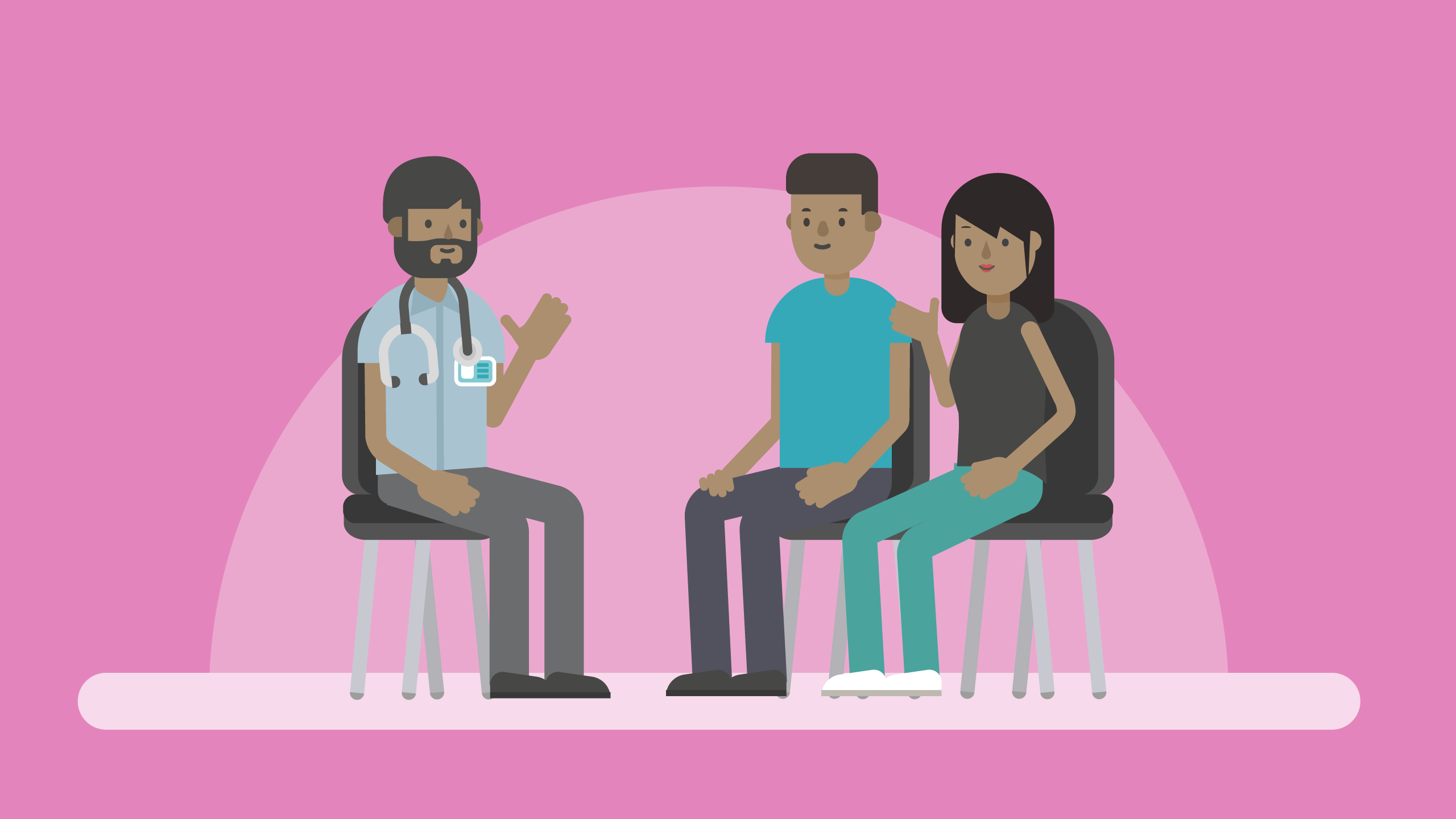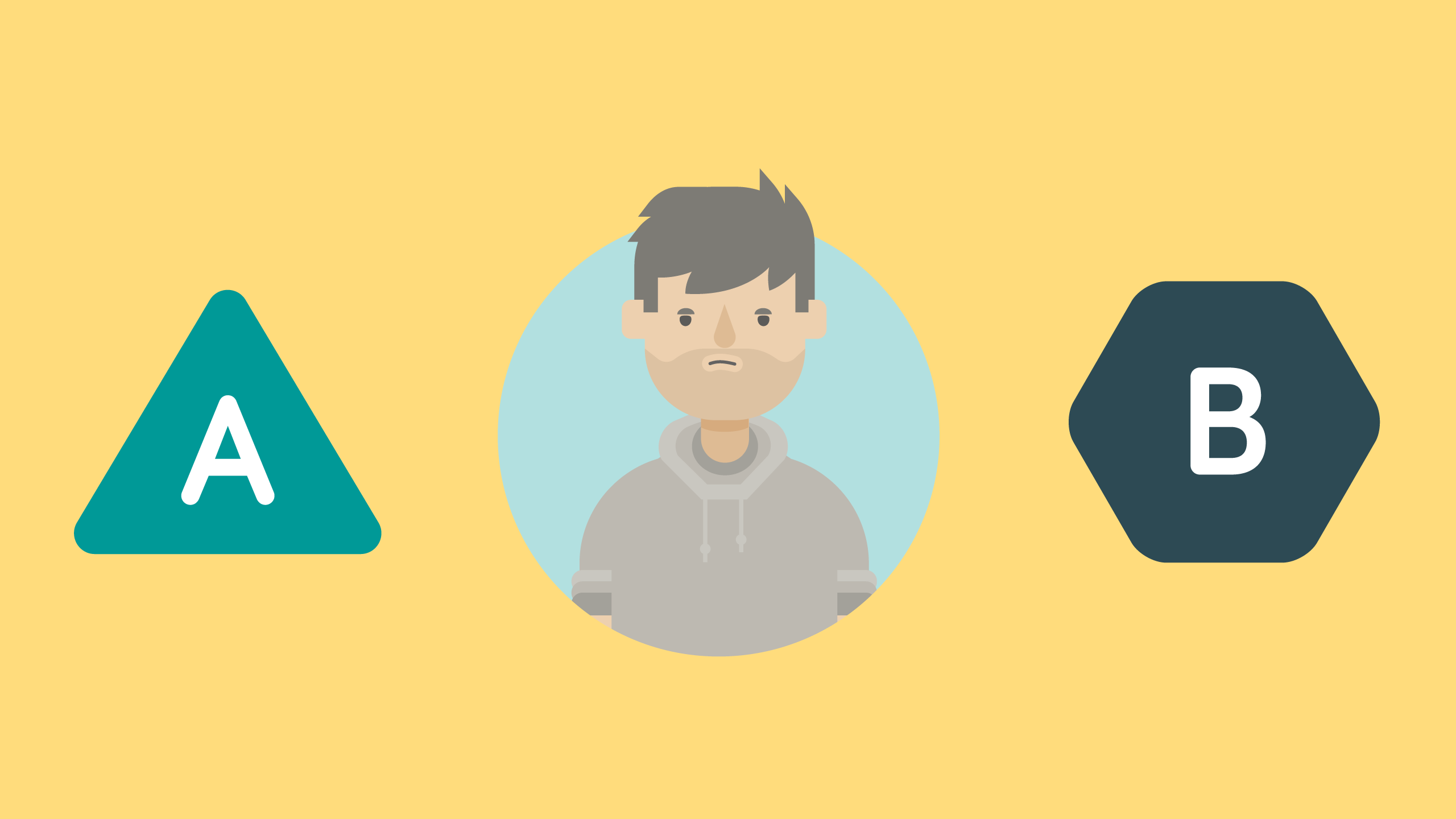PARROT Patient Information
How will I know which treatment my child is going to have?
In research trials, we often split patients up into groups to look at how different treatments work.
2 groups
In PARROT, patients will be split into two treatment groups at random:
- One group will receive azithromycin
- The other group will receive placebo that will look and taste the same as the azithromycin but will not contain any antibiotic.
The taste of azithromycin is known as having a caramel flavour, which is sweet but leaves a bitter after taste. Azithromycin and the placebo will be supplied as a powder and we will provide you with instructions on how to make it into a solution.
It is important that each group in PARROT has a similar mix of patients. This is so we know that if one group of patients does better than the other it is very likely to be because of the treatment and not because there are differences in the types of patients in each group.
randomisation
We use a computer programme that puts patients into groups ‘at random’ – you might hear this described as ‘randomisation’ or ‘random allocation’, but they all mean the same thing. Neither you nor your doctor choose which group your child is included in.
In PARROT, your child is equally likely to be in the group receiving azithromycin as to be in the group receiving placebo.
This trial is a type of trial called a “blinded trial” which means that you, your child’s clinical team and your child’s research team will not know which treatment they will be receiving. However, your child’s clinical team can find out which treatment your child is being given if they need to know for ongoing care.







